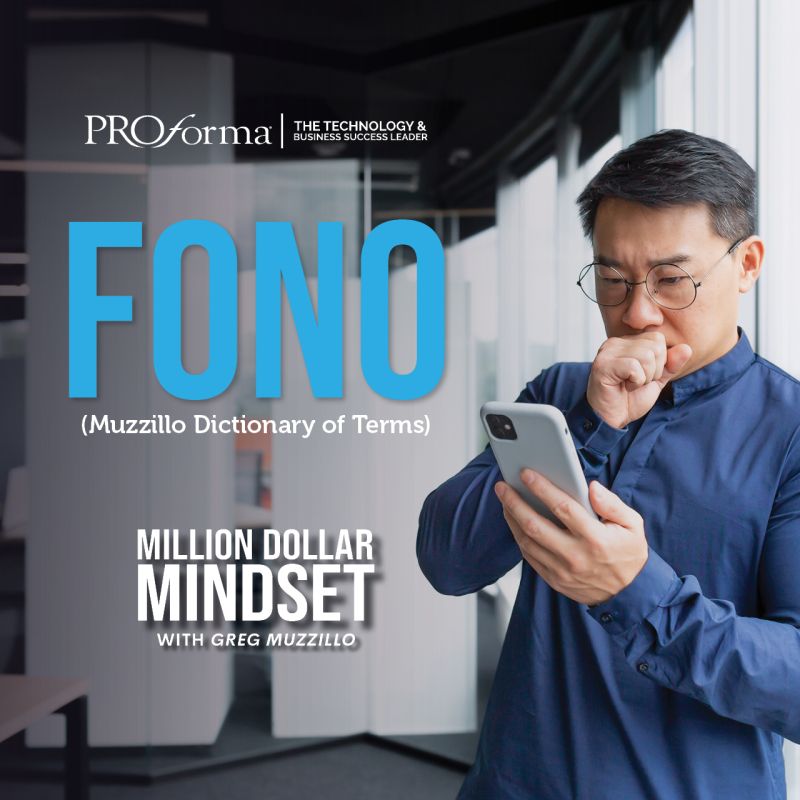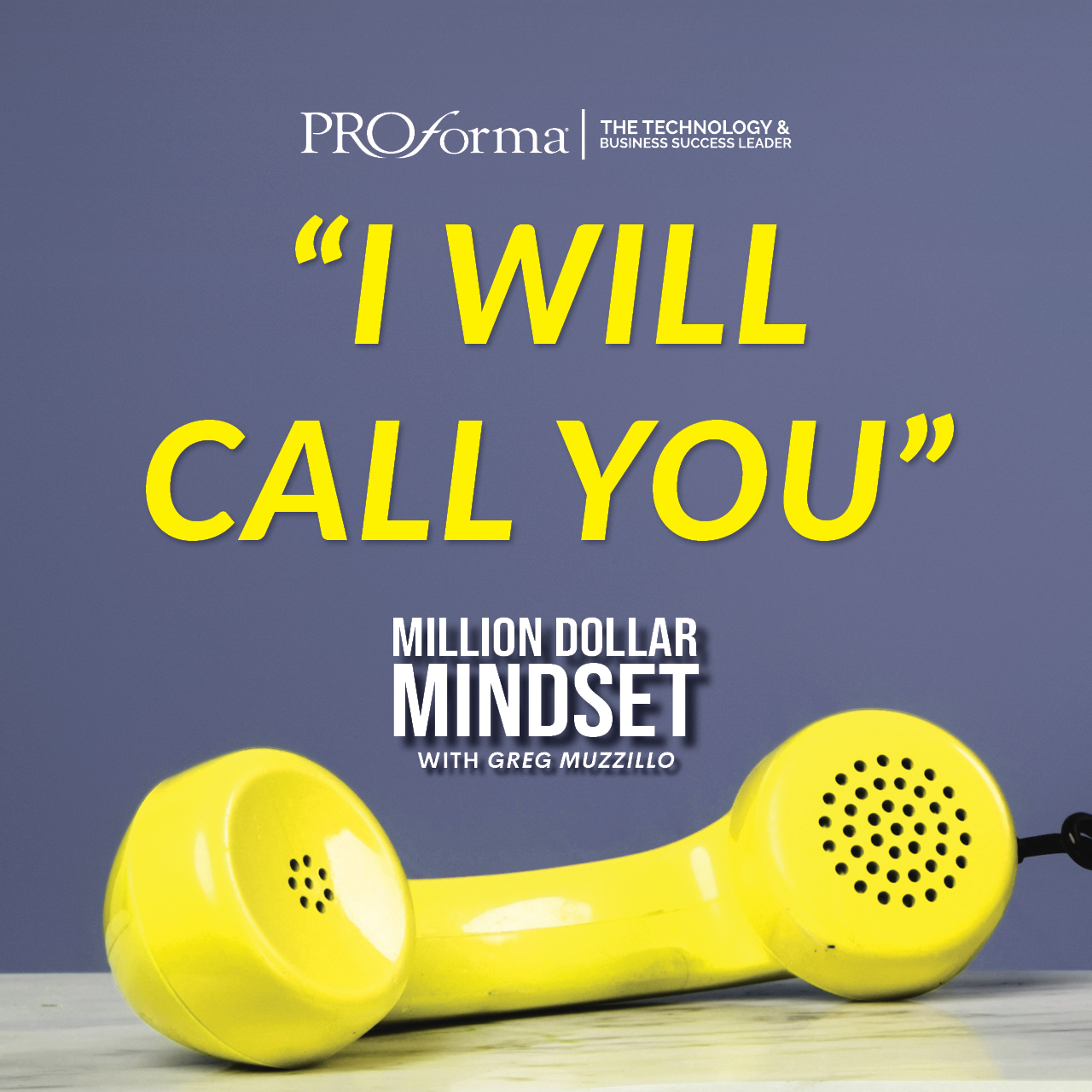2022 was a record year for the promotional products industry — growing 13.1% and reaching $25 billion in sales volume, according to PPAI. These big numbers mean big opportunities for promotional product distributors. One way they can get their share of sales is by exploring new products and staying in the know, and a category everyone seems to love is headwear.
Caps offer the end-user a practical use while allowing a brand or organization to build awareness and set itself apart with a custom-branded item. From trending styles and customizations to consumer market impact and selling strategies, experts offer guidance for approaching the category head-on.
What’s Trending
In the headwear category, there are a few major specs to consider when identifying trends. They include fabric, style or structure, and special features.
For fabric, lighter-performance materials are trending, specifically in white and other light-reflecting colors, says Rhyen Campbell, communications and engagement strategist for Cap America, Fredericktown, Missouri. “These styles keep you cool and comfortable as we head into summer and are very hot items right now,” she says.
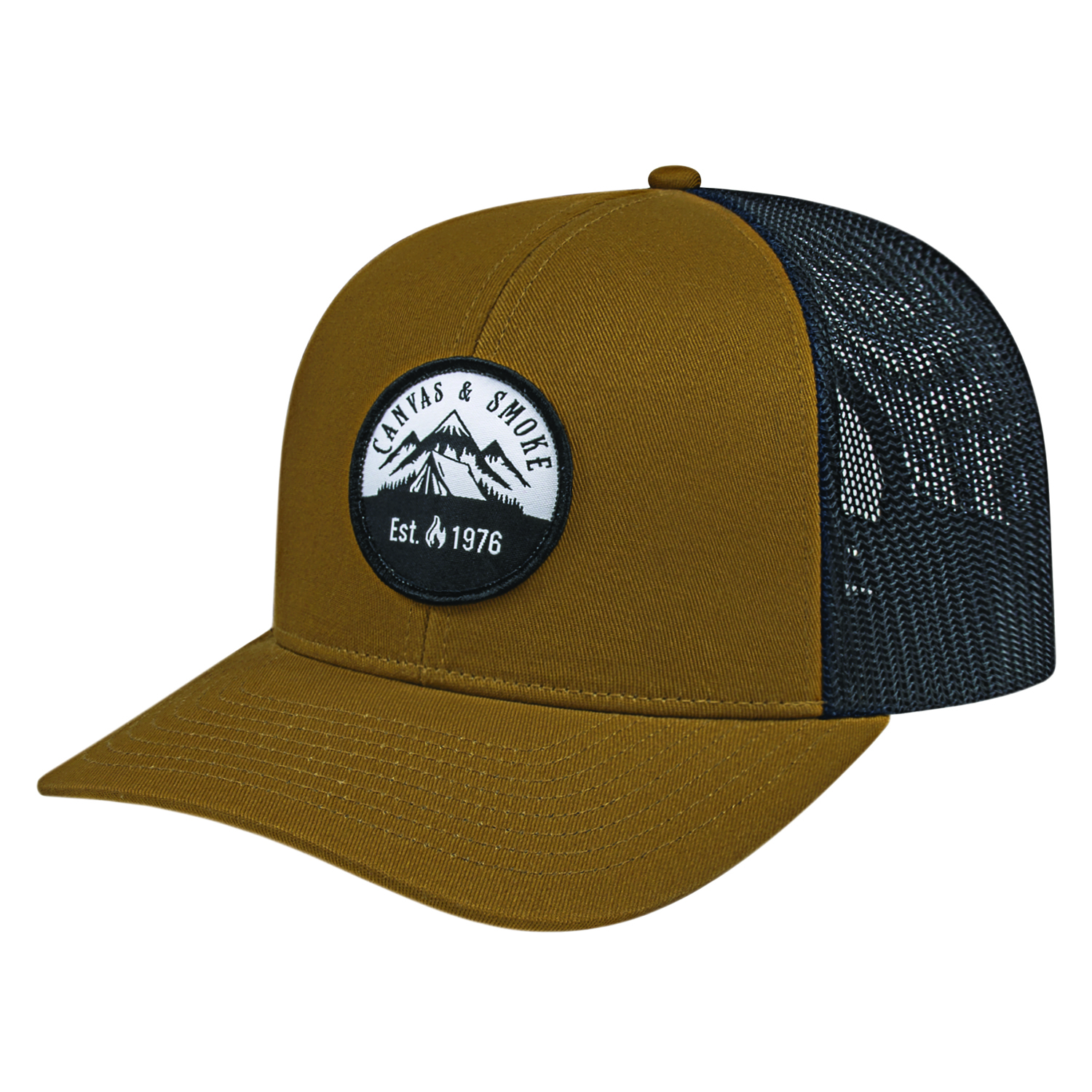
Style or structure has some variance, from the ever-popular unstructured dad cap to a more structured trucker hat. Similar to fabric, choosing a style or structure boils down to end use and, ultimately, customer preference. What might work in the construction industry differs from headwear for the hospitality or sports verticals.
That’s why it’s important to ask the client questions about the environment the caps will be used, sold, or given out.
Special features to consider include mesh backing, moisture-wicking properties, hook-and-loop versus snap closure, curved versus flat bill, and even the number of panels. The No. 1 feature right now, according to Campbell, is one that dates back to the 1950s: “Rope caps are back!”
Tina Liu, marketing manager for OTTO International, Ontario, California, says perforated panels have been highly requested recently, which could be due to the trend taking over retail. “We’ve had several inquiries asking if we stock styles like this,” she says, “and also for custom orders to have holes on the side [or] back panels.”
Ben Roberts, head of marketing for Outdoor Cap, Bentonville, Arkansas, says Outdoor Cap’s design, development, and sourcing teams spend hundreds of hours researching to identify seasonal trends. In its 2023 Spring Market Guide, the company highlights a few, including workwear-inspired styles, the water sports market, and the vintage/heritage category. Workwear-inspired caps incorporate rugged materials, quilting, patches, and earth tones. Hats for water sports, featuring direct embroidery, rope details, performance fabrics, and camo prints are a popular option for the right customer in the sports arena. Vintage/heritage styles, featuring patterns, ropes, five panels, vibrant colors, and that Americana vibe are the third big trending category listed by Outdoor Cap.
As we head into summer, expect to see buckets and boonies, trucker and performance hats, and visors and sun hats.
“The bucket hat is especially trendy right now, especially with the younger demographic,” Campbell says. “These hats are everywhere on college and high school campuses.”
When it comes to color, Liu says clients in the promotional headwear space tend to lean toward black, navy, and charcoal gray.
Impressive Imprints
What sets a promotional cap apart is its unique branding — whether it’s a direct-to-film (DTF) transfer, which is gaining more traction, patches, or direct embroidery. When pitching headwear to prospects, it’s important to understand the limitations and possibilities for decoration and design. This includes knowing the artwork and design requirements — from file format resolution to design size. Be sure to reach out to your supplier for a deeper understanding of what’s workable and what’s not.
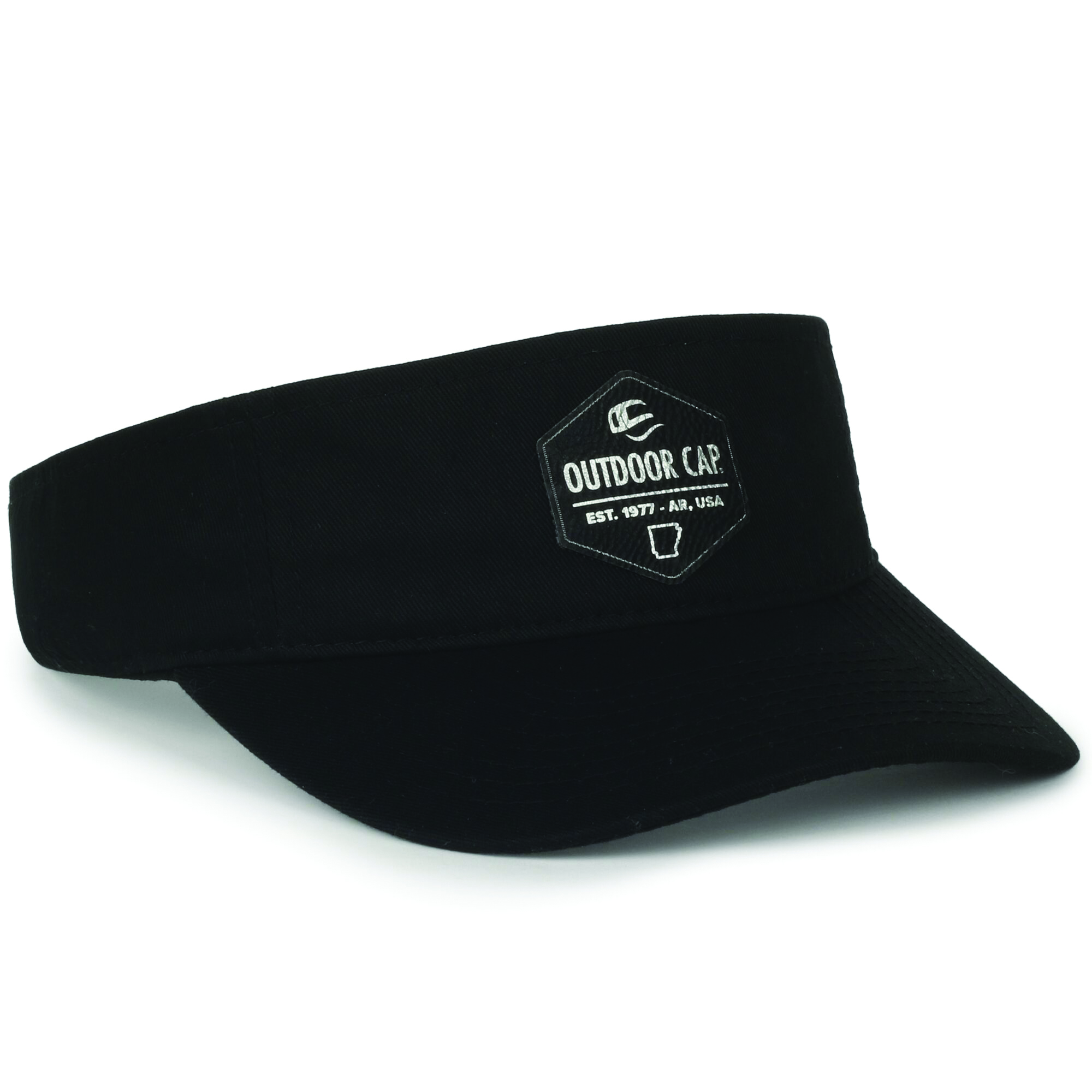
“As far as imprints and decorations that are trending, subtle seems to be the trending thing right now,” Campbell says. “We’re seeing a lot of smaller logos placed in the corner of one of the front panels instead of a larger logo displayed front and center.”
Consumer Market Impact
Retail trends continue to impact the wholesale world, and the promotional headwear market sees the effects. Campbell says the consumer market has pushed the promotional space to explore more adventurous and trendy styles.
“Consumers don’t want safe, traditional caps,” she stresses. “They want what’s new and trendy.” While a basic chino “dad cap” is a safe bet, she says many buyers prefer special touches like corduroy fabric, a rope accent, and ponytail openings. These are more “stylistic choices that might not appeal to the masses, but that definitely have a market,” Campbell continues.
Naturally, people see certain styles within the retail space and want that same availability in the promotional products industry, specifically with headwear and apparel. Liu says OTTO has seen those effects with the perforated panel caps offered by retail brands like Nike and Adidas.
Successfully Selling and Understanding Value
To successfully sell headwear to clients, distributors need to have a basic understanding of the options available. But, more importantly, they need to understand the value it brings. “Headwear can be daunting to sell — there are so many options when it comes to profile, visor shape, closure, fabric, decoration, etc.,” Campbell says. “The No. 1 thing distributors need to know about headwear is that there are very knowledgeable and dependable headwear suppliers out there that want to make it easy for them to sell headwear.”
While distributors should have a base knowledge, Campbell
encourages them to lean on their supplier partners for information, selling tools, and resources.
To that point, Liu says distributors need to understand the value of eye-level advertising.
“It’s usually one of the first things people see and notice,” she explains. “The imprint area is a decent size to be able to show a company’s logo in detail and be noticed right away as it is front and center and at eye level.” Further, she points out the sheer value of one hat — garnering more than 3,000 impressions in its seven-month lifespan with the wearer. “This is pretty good,” she states.
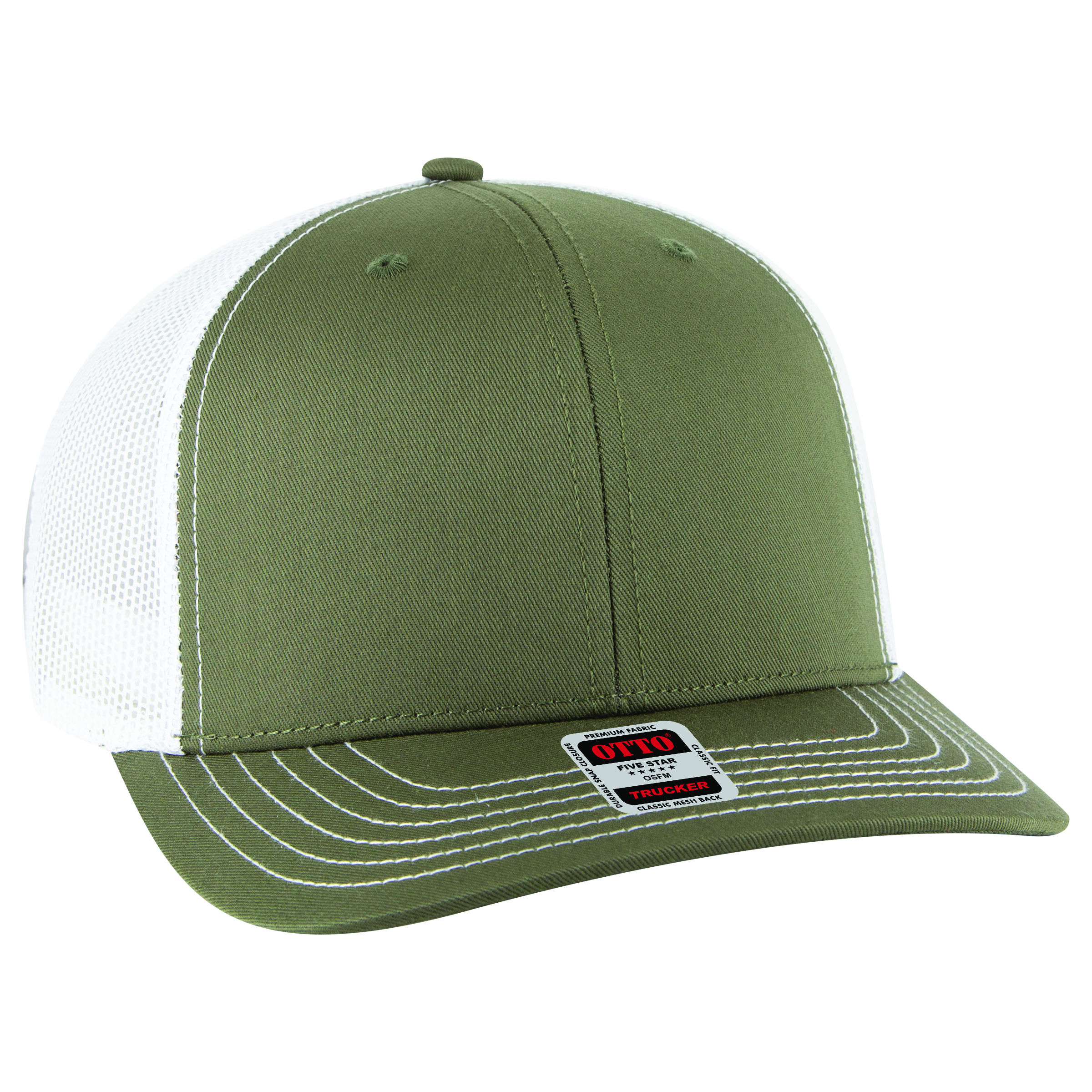
Another thing to keep in mind is seasonal or limited-edition selling. “When you offer certain products at certain times or encourage your customers to buy seasonally, that can encourage sales,” says Roberts.
Upselling Opportunities
Say a customer has money left over in their budget or seems willing to spend a little more for a premium product. Those are chances to upsell an order. A worthwhile strategy for upselling is offering free spec samples, says Campbell. If the client requests a specific style, she suggests showing them a more upscale option along with it. “We actually have a great case study about this,” Campbell notes. “A Cap America customer placed a large order for a basic trucker cap. It was a nice order, so as a thank you, we sent him our i8502 luxury trucker with his logo on it. He showed it to his customer, and they switched from the basic trucker to the Premium Line version with Flexfit technology because they loved it so much — even though it was a noticeable price increase!”
Somewhat in that same realm is the good, better, best approach. “Like most products, there is a good, better, best option to choose from, based on budget,” Liu says, adding that the the client’s industry matters. “For example, if our hats are to be sold at a golf [or] country club, we expect a higher budget and also can upsell additional performance features such UPF, [a] special performance sweatband that is moisture-wicking, and quick dry.”
Another tried-and-true upselling tactic is bundling. “You can offer a hat, headband, and lip balm or mug,” Roberts suggests. “Offering a bundle is sure to impress, and that cap on top will sell itself. Offering a bundle also increases your overall unit price.”
Roberts reminds distributors that personalization or decoration can be upgraded too. Adding a business’s founding year or a sub-logo can elevate a cap’s look while garnering that extra charge.
Whether a distributor is pitching solutions to a school organization, helping a corporate client plan a giveaway, or building awareness for a boutique client, the return on investment with headwear makes it a viable promotional product option.
“A branded cap is a walking billboard at eye level,” Campbell says. “It will get over 3,400 impressions in its lifetime with a CPI of less than a tenth of a cent. And with almost 70% of consumers owning promotional headwear, you’re missing out on sales and doing a disservice to your customers if you’re not offering it.”


